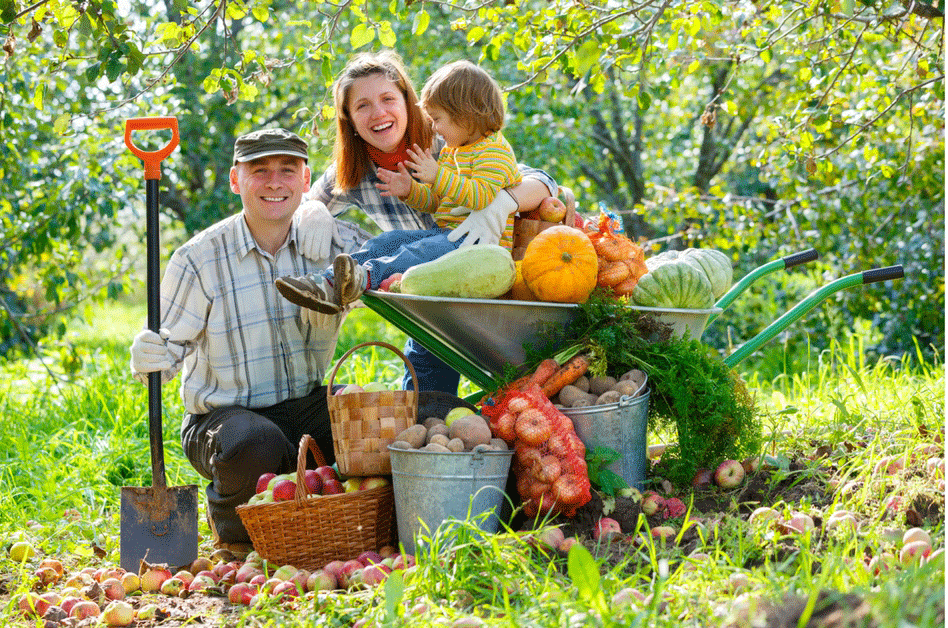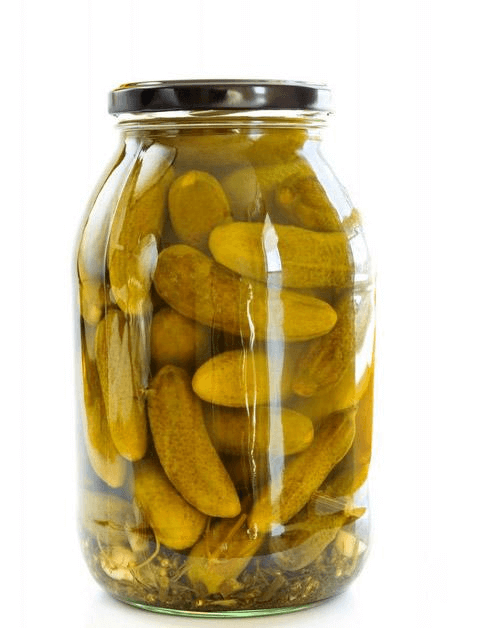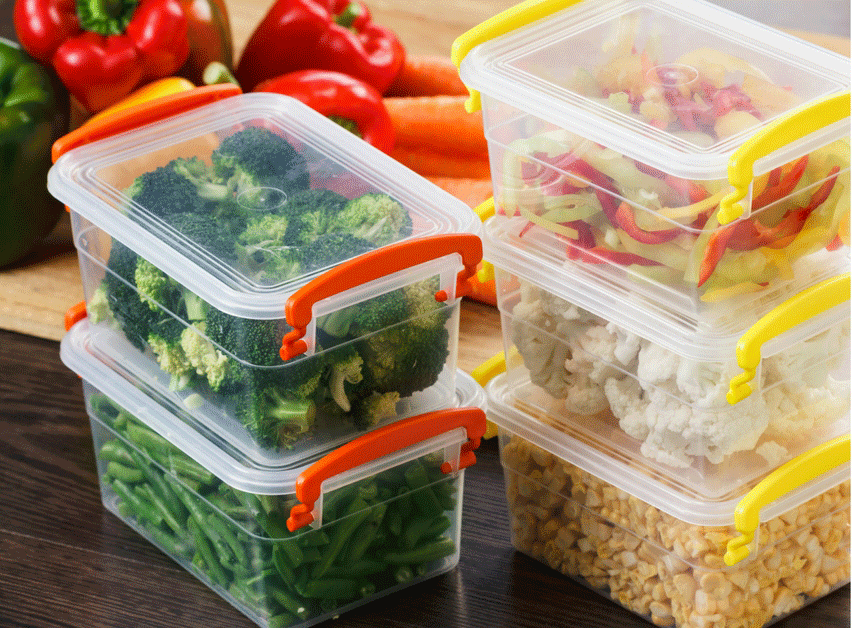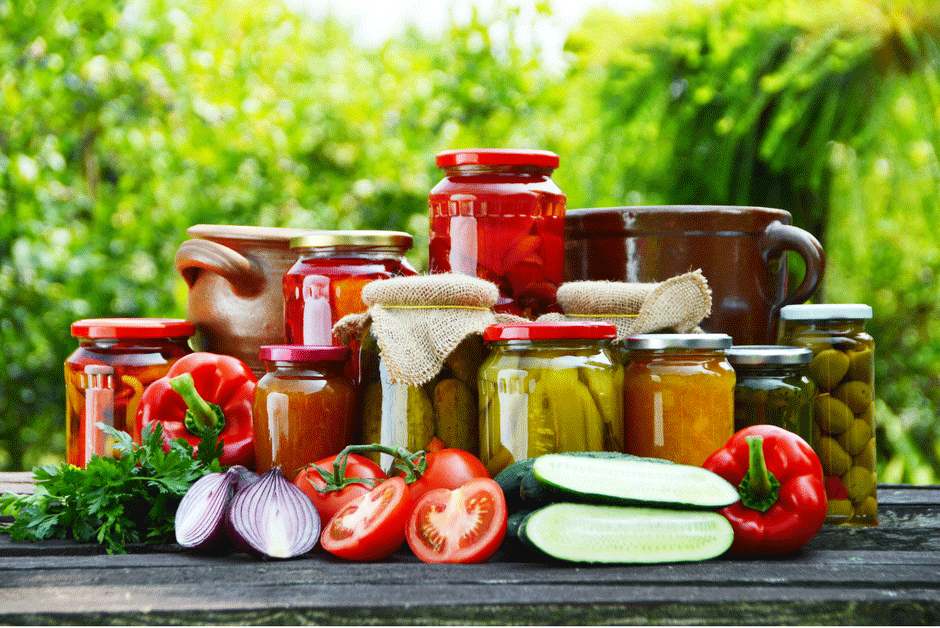
Ever wanted to store your own fruit and vegetables so you live off your own produce? Preserving fruit and vegetables from your garden for future use is a great way to make sure that your family consumes fresh food, free from both growth stimulants and pesticides. Having said that, there are many different methods that you can use to store your vegetables. Read on to learn more about these methods.
1. Outdoor garbage can
Many vegetables can be stored outside and will maintain their freshness even after a long period in storage. To do this, you can bury a garbage can in a shallow trench or pit. It is best to select short plastic or metal cans that make it easy to store and retrieve your produce. Plastic cans are rust-proof but metal cans are preferred because they are rodent proof. You can use this type of storage to store cabbage, and root crops such as carrots, beets, and turnips.
2. In-ground pit storage
Another method to store vegetables is in-ground pits that can keep kohlrabi, root crops, cabbage, and potatoes. To set up in-ground pit storage, you need to excavate 6-12 inches into the soil. Next, arrange your vegetables in a cone-shaped pile and cover them with straw or other insulating material. Then, bury them 10 inches under the ground to prevent freezing. Make sure there is enough ventilation and place a suitable cover over the ventilator to keep out rain water and rodents.
3. A basement storage room

Another option for storing excess vegetables is a basement storage room. Since correct temperature is a must for preventing spoilage, a basement storage room is perfect as it will keep your vegetables at low temperatures. You can use the room to store vegetables such as cabbage, turnips, and rutabagas.
All you need to do is build a storage room in the corner of your basement and make sure the room is both insulated and ventilated as to keep the room cool and moderately dry.
4. Keep them in the dark
If you take the harvested vegetables to the outdoor, the light will raise their temperature causing them to root. Also, when vegetables are exposed to light they turn green as a result of chlorophyll production. Produce such as Belgian endive becomes bitter, while potatoes produce solanine – a chemical which is toxic to humans. So if you want your vegetables to stay safe for future use, it is wise to keep them in the dark. As such, place them in a dark closet or simply cover them with a thick cloth.
5. Canning

Canning is another option for preserving excess vegetables. The two methods for canning you can use include pressure canning and the boiling water bath method. The pressure canning method is the only safe way to can vegetables. You can use it to can all kinds of vegetables and fruits, from pumpkins to tomatoes.
In order for vegetables to be stored they need to be fully mature. Further, it is worthwhile to check the storage guidelines surrounding the fruit or vegetables you want to store.
6. Freezing

Freezing is an easy and reliable method that you can use to preserve excess vegetables. Types of vegetables you can freeze include onions, squash, pumpkins, tomatoes and leafy greens such as chard, spinach, and kale.
Before freezing, your vegetables need to undergo blanching. This procedure involves steaming or boiling them for some few minutes and then dipping them into icy water to cool. After that, you need to put them into a freezer in order to freeze. Once frozen, transfer them to a plastic container and they will be ready for storage.
7. Pickling Vegetables

Pickling is reliable way to preserve excess vegetables. Preservation involves either submerging the vegetables into brine or vinegar solution. If you are using brine solution, your produce needs to stay at room temperature for several weeks to turn acidic. This occurs because of the naturally occurring bacteria turns them acidic.
Quick pickles are produced using a solution of hot vinegar and they take few days. If you are a fan of pickles, there are several half sour pickles recipes out there which you can try and all you need is to follow the instructions carefully.
–
Jennifer is a certified cook enthusiast and a legit photographer from Ohio, USA. She is a food lover and thus makes blogs about it at Imaddictedtocooking, which include her own photos for the demonstration of how the recipes are made. Contact her at @jenniferimaddi1